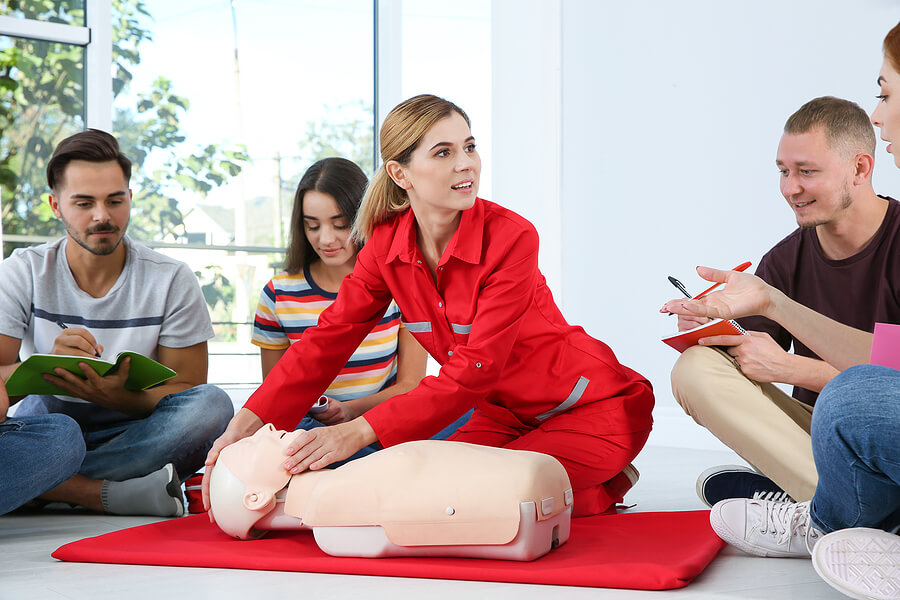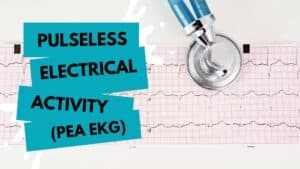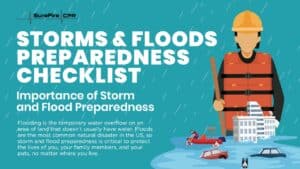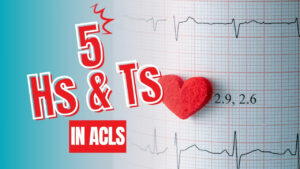You’ve seen it depicted on TV shows––a first responder or a valiant bystander rushes to place their mouth over an unconscious victim’s and give the “kiss of life.” This process is known as rescue breathing and, when performed correctly, it can help patients suffering from respiratory arrest. Although it’s often associated with CPR, there are a few differences between rescue breathing vs CPR.
What Is CPR?
Cardiopulmonary resuscitation (CPR) is a life-saving process that helps restore blood flow to the vital organs when a patient’s heart has stopped. To administer CPR, rescuers place their hands over the patient’s chest and deliver chest compressions. When performed quickly and effectively, CPR can double or even triple a patient’s chance of survival after cardiac arrest.
What Is Rescue Breathing?
Rescue breathing is what many think of when they envision CPR, commonly referred to as mouth-to-mouth resuscitation. To administer rescue breaths, a rescuer places their mouth over the patient’s and blows air inside to create artificial breath. It can be performed on its own or as one component of the larger CPR process.
When To Do CPR and Rescue Breathing
Because they are commonly associated together, it can be tricky to know when to do rescue breathing vs CPR. In general, rescue breathing should be done in the event of respiratory arrest (when the patient has stopped breathing), whereas CPR is done for cardiac arrest (when the patient has no pulse).
Cardiac arrest and respiratory arrest often go hand in hand, and so CPR rescue breaths are often administered alongside chest compressions. There are a handful of cases where rescue breaths are specifically recommended, including pediatric patients and patients who have been in cardiac arrest for a long time.
Rescue breathing is an effective technique when performed correctly and is typically provided by trained responders when a victim is not breathing normally and has a pulse. Because pulse checks were removed from many CPR classes (they still remain in the BLS for Healthcare Providers course as of the 2020 Guidelines) respiratory arrest will usually only be recognized by professional rescuers. This does not mean, however, that in the case of cardiac arrest, a combination of chest compressions and breaths does not increase the chance of survival. Many bystanders may be hesitant to give breaths––after all, without training, getting that close to a stranger can be an uncomfortable prospect! If that is the case, during cardiac arrest, hands-only CPR is still better than nothing, and if you are uncomfortable with mouth-to-mouth resuscitation you should still perform CPR until first responders arrive.
Get CPR Certified With SureFire CPR
Want to learn more about effective rescue breathing vs CPR? Complete your CPR and first aid training with SureFire CPR! With small course sizes, knowledgeable instructors, and engaging lessons, we can help you get CPR certified––and potentially save a life! To learn more, please call us today at (888) 277-3143 or fill out our online contact form.







